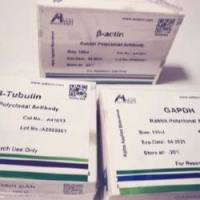Complementary cell lines have become an accepted tool for the functional analysis of viral genes (1 ,2 ) and proteins, as well as an essential component in strategies for the construction of mutant viruses. More recent applications include the propagation of replication-defective virus products with potential as viral vaccines (3 ,4 ) or as vehicles for gene therapy (5 ,6 ). The perceived requirements for such systems are low recombination frequencies between complementing cell and recombinant virus, stable expression of the complementing protein within the cell, and efficient complementation. The standard techniques of eukaryotic cell transfection and clonal selection are routinely employed in the generation of complementary cell lines, and are described briefly in this chapter. Perhaps a more novel introduction to this field is the possibility of using transgenic technology. Transgenic animals have the potential to provide both an in vivo model of complementation (7 ) and a comprehensive library of novel complementing cell types, particularly cell types resistant to traditional transfection protocols.






